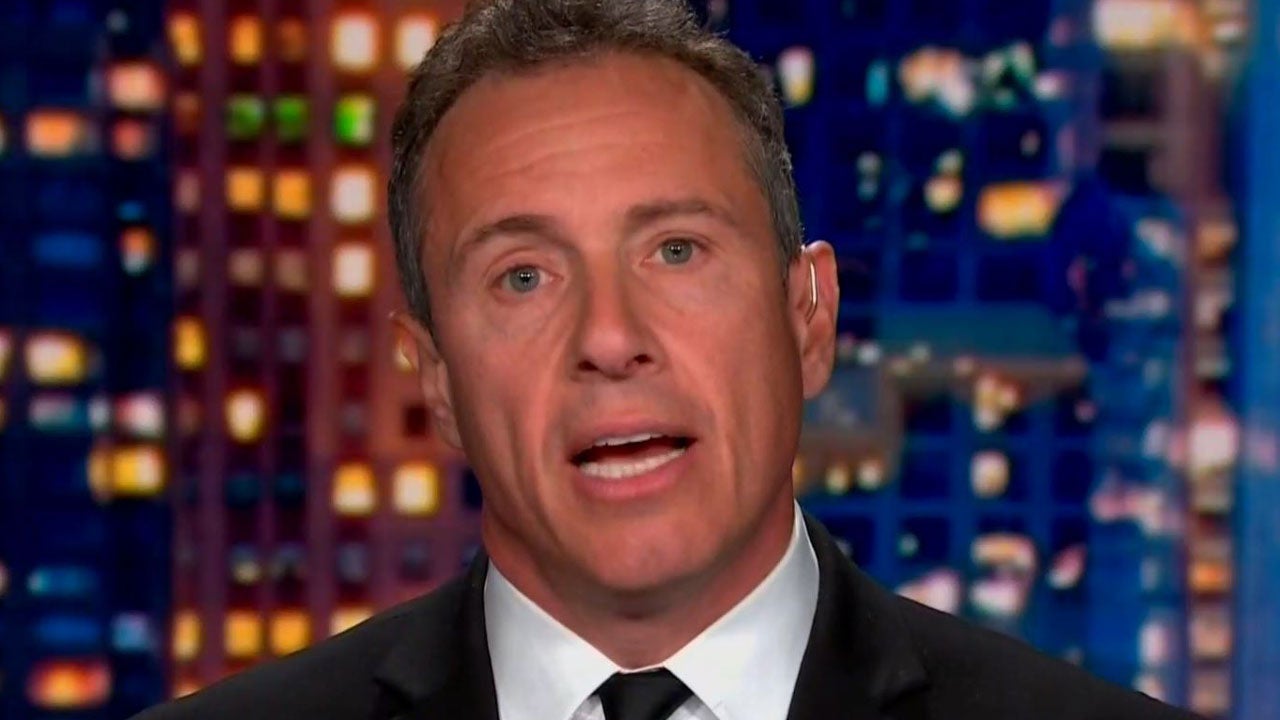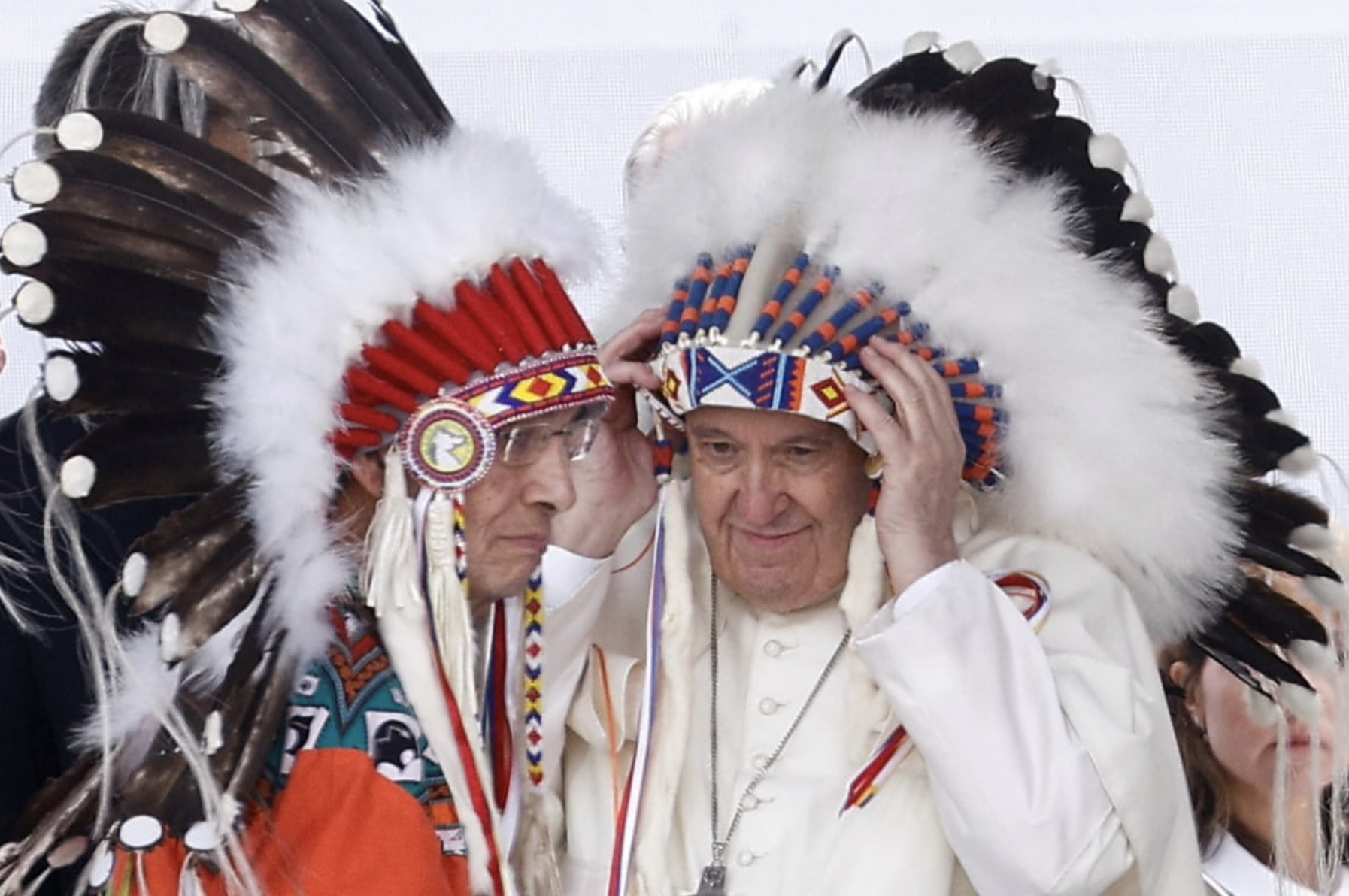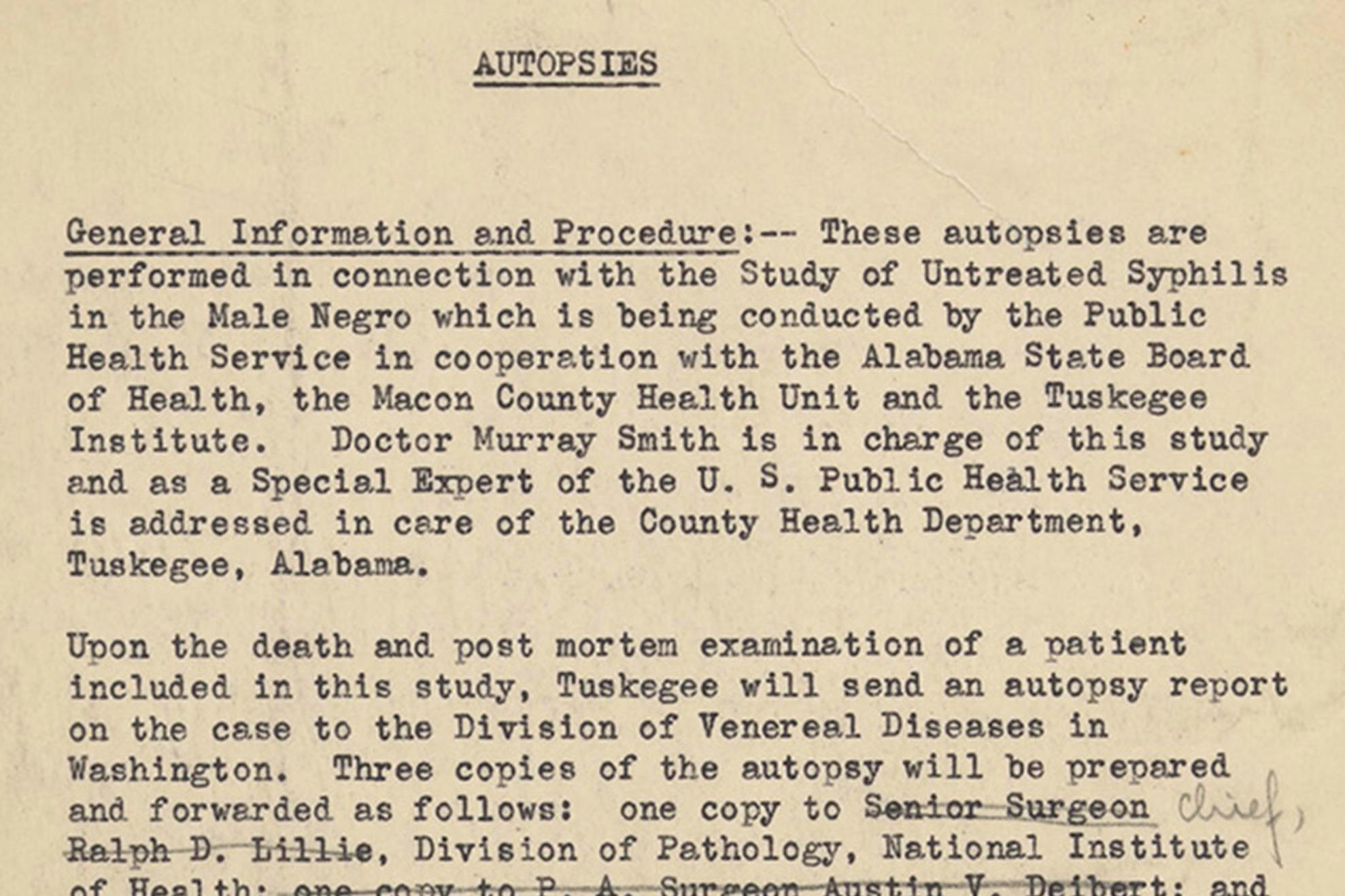Dear Commons Community,
The future of One America News (OAN), which established itself as a powerful voice in conservative media by promoting some of the most outlandish falsehoods about the 2020 election, is in serious doubt as major carriers drop it from their lineups and defamation lawsuits threaten to drain its finances.
By the end of this week, the cable network will have lost its presence in some 20 million homes this year. The most recent blow came from Verizon, which will stop carrying OAN on its Fios television service starting Saturday. That will starve the network of a major stream of revenue: the fees it collects from Verizon, which counts roughly 3.5 million cable subscribers. In April, OAN was dropped by AT&T’s DirecTV, which has about 15 million subscribers. As reported in The New York Times. https://www.nytimes.com/2022/07/26/business/oan-troubles.html
OAN’s remaining audience will be small. The network will soon be available only to a few hundred thousand people who subscribe to smaller cable providers, such as Frontier and GCI Liberty, said Scott Robson, a senior research analyst at S&P Global Market Intelligence. OAN also sells its programming directly to users through its OAN Live and KlowdTV streaming platforms, but those products most likely provide a fraction of the revenue generated by traditional TV providers.
“I really think this is the death blow for the network,” Mr. Robson said.
In its statement announcing the termination of its OAN deal, Verizon said only that it had been “unable to reach an agreement to continue carrying One America News,” and made no mention of the public pressure campaigns it faced from activist groups like Media Matters, which had been calling on cable providers to drop the network. A company spokeswoman declined to comment further on Tuesday.
DirecTV also did not elaborate on its reasons for dropping OAN, saying in January that the move was part of a “routine internal review.” On Tuesday, the company referred to the January statement.
While OAN doesn’t have the influence wielded by the much larger Fox News, the top-rated cable news network, the fees from its deals with Verizon and AT&T provided a substantial stream of income, about $36 million a year by some estimates. And once it is gone from millions of television sets, OAN will be in a weaker bargaining position with advertisers — fewer potential viewers most likely mean fewer companies willing to pay as much to promote their products on the network.
All this comes at a particularly bad time for OAN, which is based in San Diego. The company and the Herring family that backs it face defamation lawsuits over the network’s claims that the 2020 presidential election was stolen from Donald J. Trump.
That coverage featured wild stories about supposed plots to steal votes from Mr. Trump. The voting technology companies Smartmatic and Dominion are suing OAN over false claims that their machines enabled Mr. Trump’s enemies to switch votes cast for him to President Biden. One employee of Dominion, Eric Coomer, is also suing the network. Mr. Coomer received death threats after OAN named him in a report as an alleged collaborator of antifa, the far-left movement.
Two election workers from Georgia sued OAN for reporting that they were part of an illegal plot to add fraudulent votes to President Biden’s totals in the state, which he narrowly won. OAN settled that case in April.
The cases are among a series of defamation suits against conservative media outlets and Trump allies that are pending before judges across the country. Dominion and Smartmatic are also suing Newsmax, one of OAN’s competitors, and Fox News.
Good riddance to OAN!
Tony











